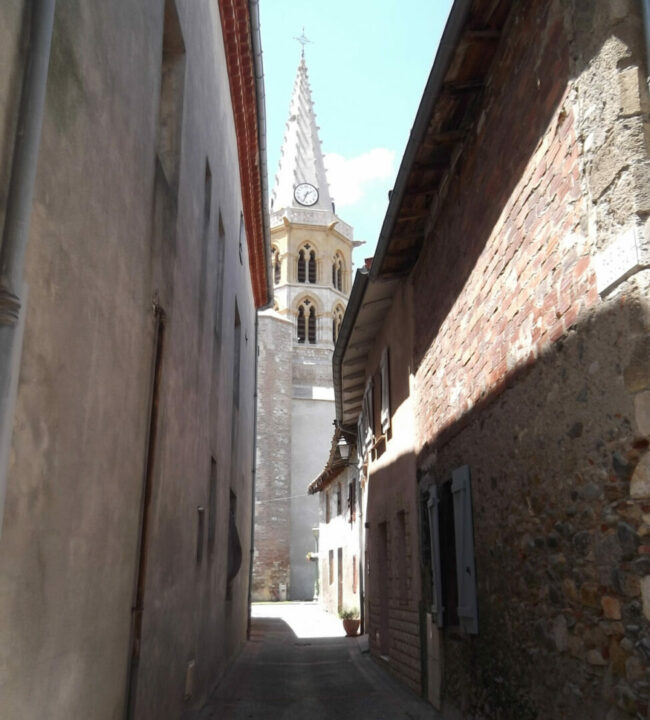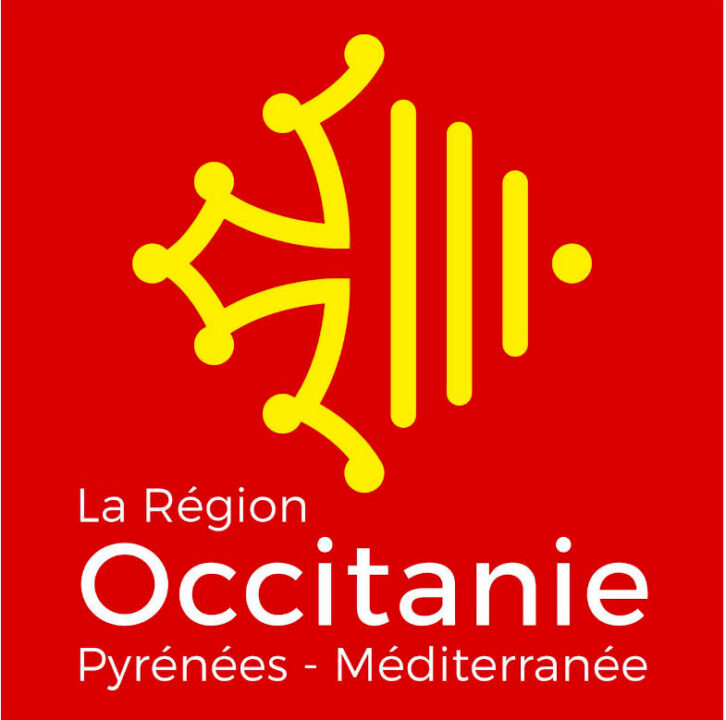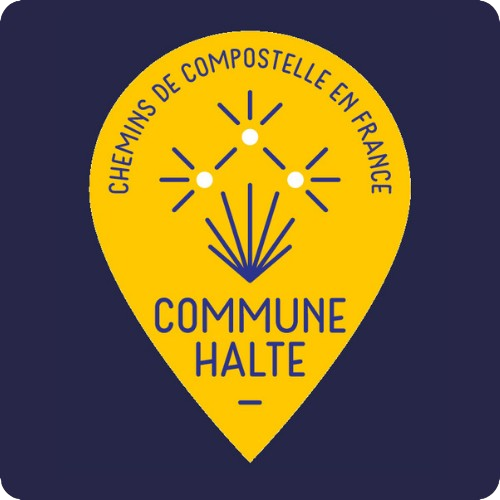Rue du Vieux Martres

Rue du Clocher runs alongside the walls of the former priory. To the left and right, you can see some very old houses that have now been renovated. In the background, you can see the spire of our restored bell tower and the old tower of the first church in Martres.
In the rue du Vieux Martres, on the right, the houses facing the street were home to small trades such as linen and wool spinners, a clog maker, a nail maker, a manufacturer of wicks for oil lamps and a pedlar who went to fairs and markets and sold almanacs, lighters and matches.
After the rue du Clocher, in this small square on the left, was the communal oven or four banal. People waited in this square for their turn to be served. In feudal times, ovens were a privilege granted by the Lord, who levied a tax on each firing, known as “la banalité” (hence the name “four banal”). Between the 17th century and the French Revolution, the ovens were owned and operated by monks. In the past, bread was given to the poor (bread was very important in those days, it was a vital commodity). Later, the proliferation of bakeries in the communes and the ease of transport gradually replaced the use of bread ovens, except in the most isolated hamlets.







